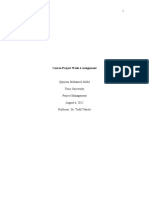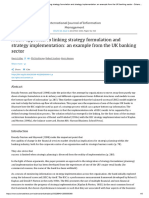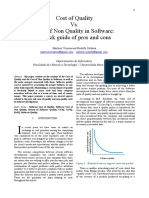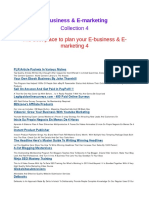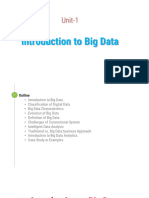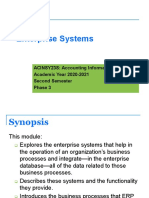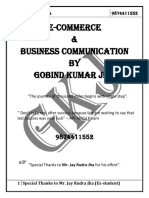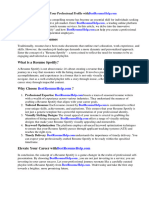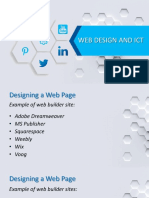0% found this document useful (0 votes)
33 views18 pagesSem-5 Mini Project
The document outlines the development of a comprehensive e-commerce platform aimed at addressing challenges such as scalability, security, and user experience. It details various components including user onboarding, market data access, portfolio management, and trading features, as well as the importance of user experience and security in e-commerce. The project scope includes a user-friendly interface, real-time inventory management, and robust admin tools, while excluding mobile application development at this stage.
Uploaded by
mayankrajput0082Copyright
© © All Rights Reserved
We take content rights seriously. If you suspect this is your content, claim it here.
Available Formats
Download as DOCX, PDF, TXT or read online on Scribd
0% found this document useful (0 votes)
33 views18 pagesSem-5 Mini Project
The document outlines the development of a comprehensive e-commerce platform aimed at addressing challenges such as scalability, security, and user experience. It details various components including user onboarding, market data access, portfolio management, and trading features, as well as the importance of user experience and security in e-commerce. The project scope includes a user-friendly interface, real-time inventory management, and robust admin tools, while excluding mobile application development at this stage.
Uploaded by
mayankrajput0082Copyright
© © All Rights Reserved
We take content rights seriously. If you suspect this is your content, claim it here.
Available Formats
Download as DOCX, PDF, TXT or read online on Scribd
/ 18





































































